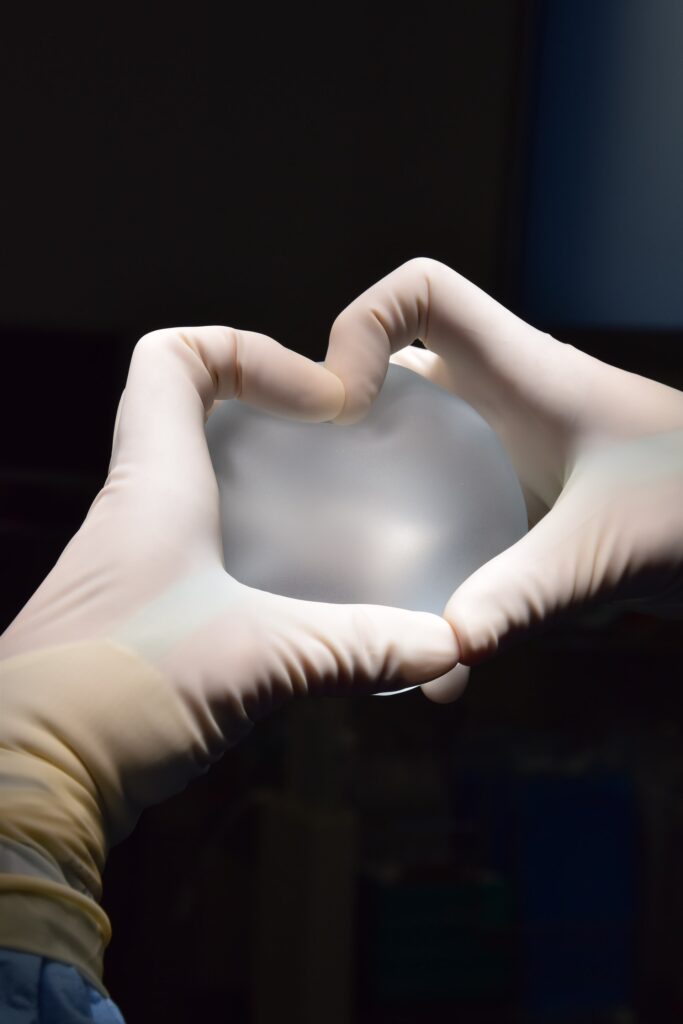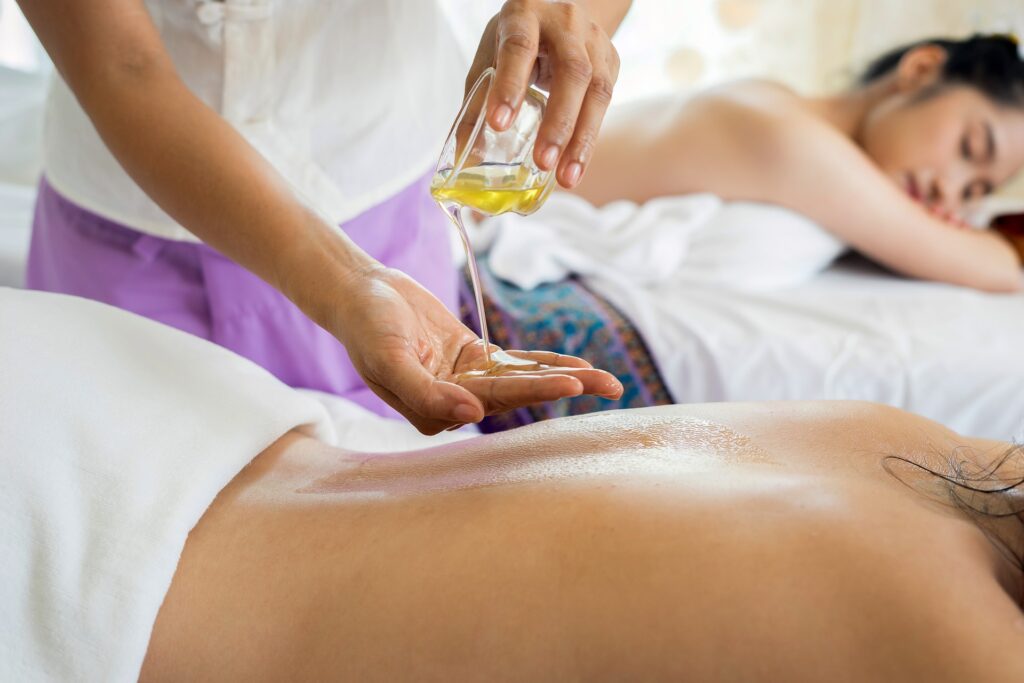For people who are not born with the natural breasts that they desire, breast augmentation at our Liverpool clinic can help give them the aesthetics that they desire.
The breast implants that we use are very well-reviewed, and we get plenty of great feedback from our patients. However, one question that we get asked a lot is how long does a boob job last.
While nothing in this world is certain, we can offer some guidance on what our patients can expect in terms of implant lifespan.
So keep reading for information on how long fake boobs last in general, and some more specific answers that we provide to our patients about related questions.
How long does a silicone breast implant last?
The general consensus around silicone breast implant lifespan is that they can last around 10 years before they need to be replaced, provided that there have been no complications before then.
In terms of the implants that we use at our clinic, the manufacturers come with their own guidance on how long you can expect their implants to last for.
For example, our Eurosilicone GCA Round Collection implants come with their lifetime ‘Comfort’ guarantee. This means that you are covered should your implants rupture or should you encounter capsular contracture.
The Eurosilicone GCA PERLE implants are a step up from the Round Collection implants and are filled with Emunomic™ Breast Tissue Dynamic Gel as opposed to silicone. These implants come with a lifetime ‘Comfort Plus’ guarantee which is more extensive than the ‘Comfort’ guarantee and includes cover for other issues like BIA-ALCL.
Some of the most popular implants these days are from Motiva, and therefore there are a lot of people wondering how long does a Motiva implant last. As per Motiva guidance, their silicone implants come with a lifetime ‘Always Confident Warranty®’ which protects against rupture for the complete lifetime of the implant, as well as a replacement policy for implants that experience capsular contracture for 10 years.

Can your body reject implants years later?
People refer to capsular contracture as rejection. While most people who get breast implants do not experience capsular contraction, some do and it can occur a number of years after surgery.
The reason that this ‘rejection’ occurs is as a result of complications such as infections or internal damage, and it is not something that you should anticipate to occur if you were to enjoy your implants as expected.
Late development of capsular contraction can lead to breast implant hardening after 10 years and up to 15 years. If you experience any signs of this then please get in touch with your clinic as soon as possible.
Do breast implants sag over time?
Breast implants can sag over time because the collagen in our skin depletes as we age. The fact that your breasts implants sag as you get older is a testament to how natural your breasts will look after surgery.
However, if you would like to keep your dream breasts that you have experienced soon after surgery, then you may need revision surgery after a number of years with new implants or a breast lift.

How Do You know When Your Breast Implants Need Replacing?
- Leaks.
- Ruptures.
- Hardening Or Contracture Of The Breasts.
- Breast Sagging Or Dropping due to ageing or breastfeeding.
- An implant moves causing asymmetry.
- The patient wants to alter the size.
How To Tell If Your Implant Has Leaked Or Ruptured?
There are various ways to tell if your implant has leaked and/or ruptured, including:
For Silicone Gel Implants:
- There is redness, soreness and discomfort in and around the breasts.
- There are small lumps in and around the breast, arm or armpit.
- There is a change in breast size and/or shape.
- The breast area softens or the breasts themselves feel firmer.
For Saline Implants:
- A noticeable reduction in breast size and shape.
- Clear indentation or rippling of the breast.
- Hyper-sensitivity.
- Skin redness.
- Breast asymmetry.
Impact of Implant on Breasts
Hardening Or Contracture Of The Breasts
When you have a breast augmentation, the body recognises the implants as a ‘foreign body’, forming a capsule around them, which over time may harden and transform into deep scar tissue known as capsular contracture. This may also be caused by post-surgery infection, implant placement and type of implant. This can cause the patient a lot of pain, and therefore implant removal and replacement may be necessary to lessen discomfort, while still retaining the desired size and shape.
Ageing, Breast-Feeding and Asymmetry
All breasts, whether natural or implanted can still be affected by gravity, sun-damage, ageing and the effects of pregnancy and motherhood. This can cause drooping, sagging and a change in size due to hormonal fluctuations, as well as rippling of the implants. Therefore, you may want to replace them to restore your breasts’ location, shape, size and appearance.
Similarly, if you had been unhappy with your implants from the start, believing them to be too large or small, then replacing them.
What do breast implants look like when you’re old?
Breasts after implants should ideally age as natural breasts should. This unfortunately involves some form of sagging. Fortunately, breast implants can be monitored by your surgeon as you age to combat this as needed.
After surgery, your breast implant scars will heal until they are barely noticeable after a few years. And if you were to experience implant rippling after reconstruction, then this can also be fixed through revision surgery which would then improve the appearance of your breasts as you get older.
Breast implant surgery at our clinic in Liverpool
Hopefully this has put you at ease in regards to breast implant surgery. We find that our patients love their new look, and we like to keep in contact with our patients after they leave to ensure that they are following the correct aftercare instructions and that they are happy with their new breasts.
If you would like to receive surgery here at the New Birkdale Clinic, then please get in touch by booking a consultation with your chosen surgeon and we can give you more personalised information in person.
















